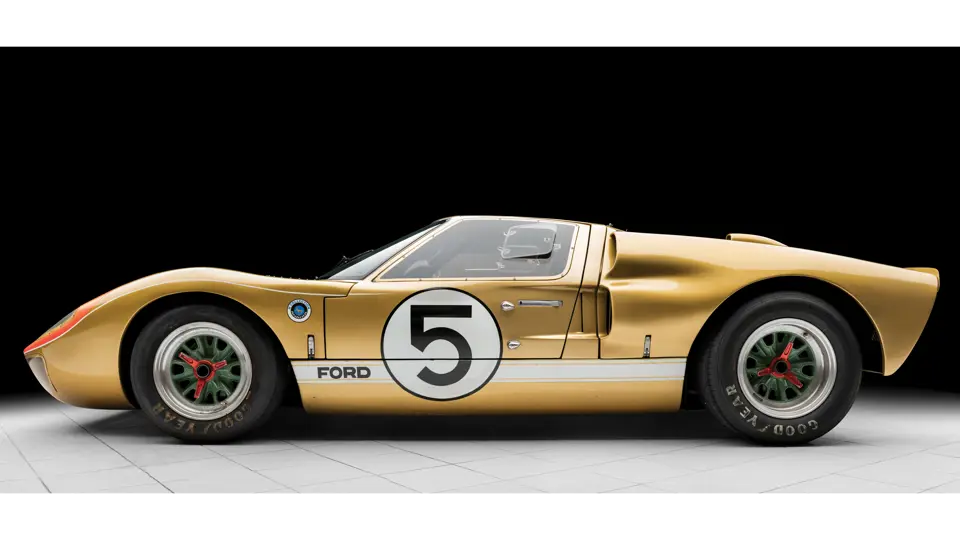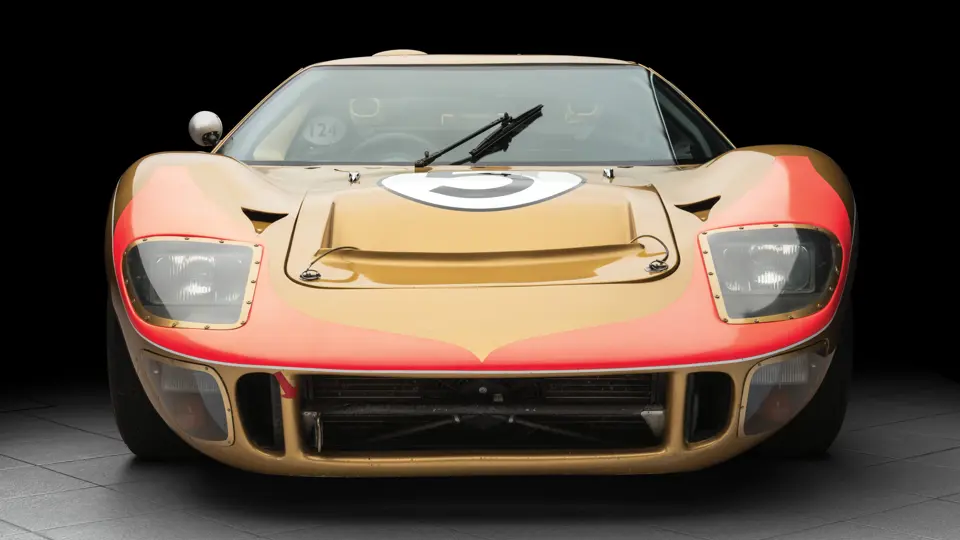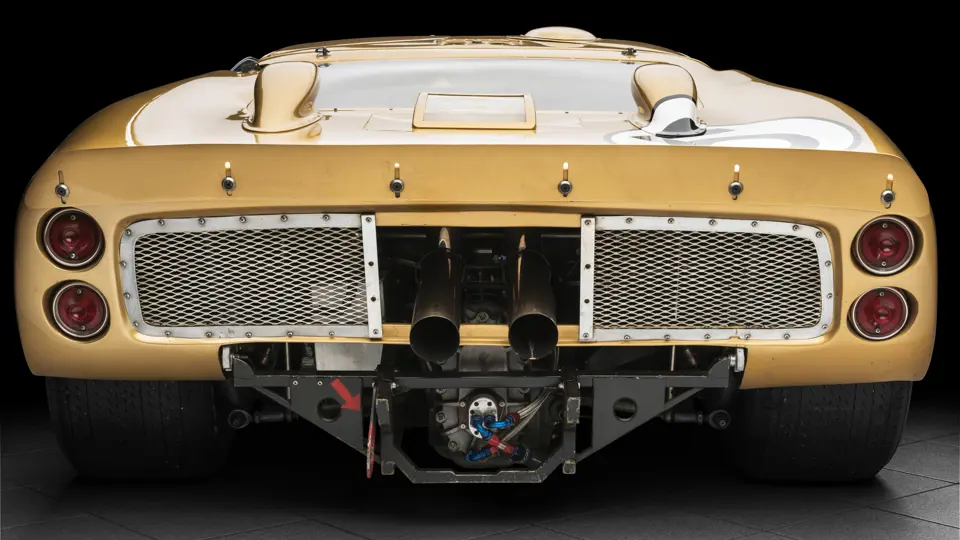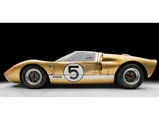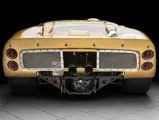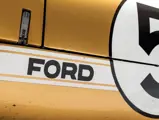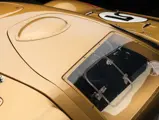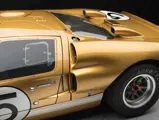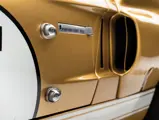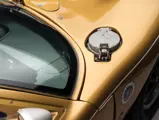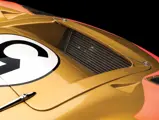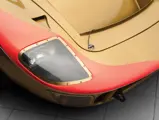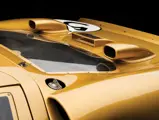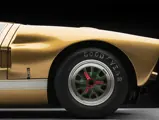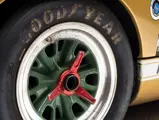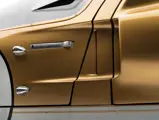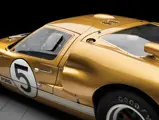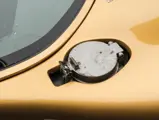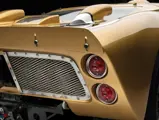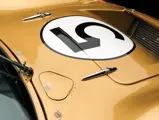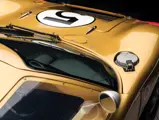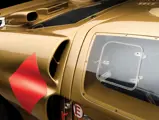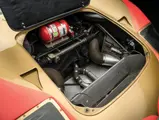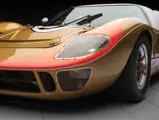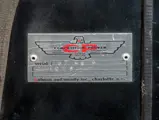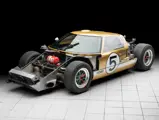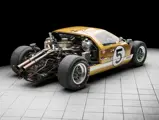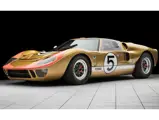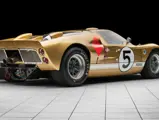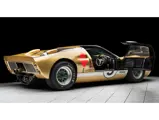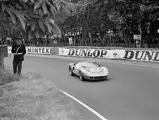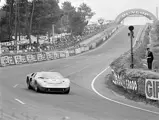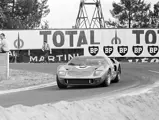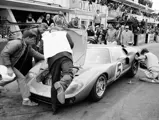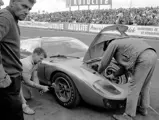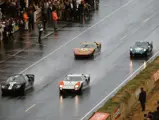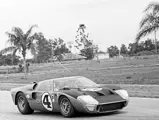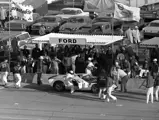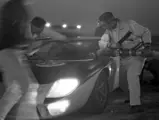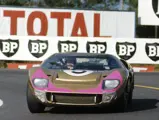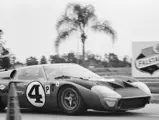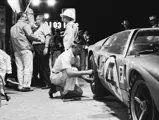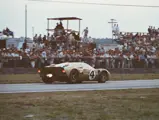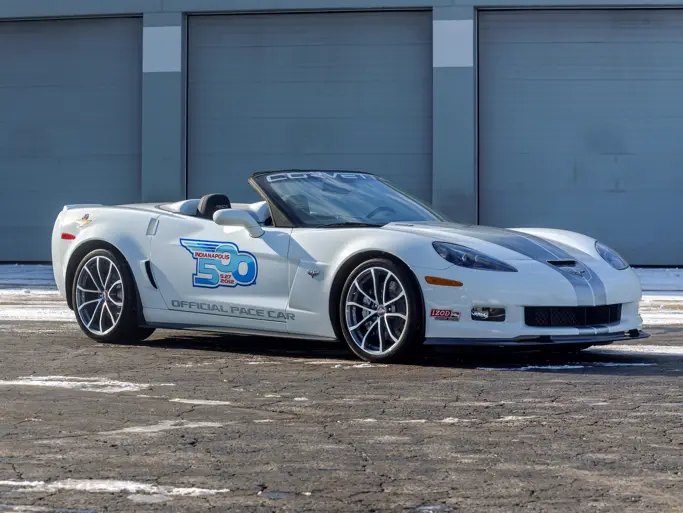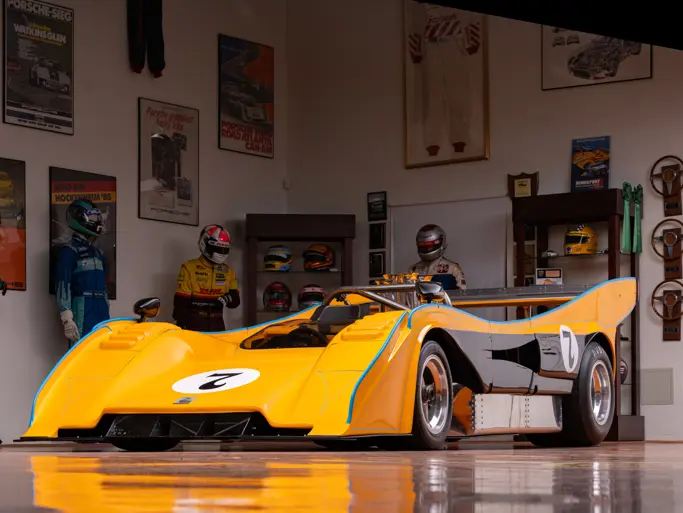
1966 Ford GT40 Mk II
{{lr.item.text}}
$9,795,000 USD | Sold
{{bidding.lot.reserveStatusFormatted}}
- 3rd overall at the 1966 Le Mans 24 Hours; driven by Ronnie Bucknum and Dick Hutcherson
- Holman-Moody/FoMoCo team car for 1966 to 1967
- Also raced and tested by legendary drivers such as Ken Miles, Richie Ginther, A.J. Foyt, Mark Donohue, and Peter Revson
- The fourth of eight Mark II examples built
- Offered from 14 years of fastidious care
- People’s Choice Award winner at the 2003 Pebble Beach Concours d’Elegance
- Eligible for numerous events, including the Le Mans Classic, Goodwood Revival, and Monterey Historics
- A genuine, authentically presented, and well-maintained Le Mans legend
FORD VS. FERRARI
For nearly 100 years the Le Mans 24 Hours served as a showcase for the most superlative sports cars, demanding both cutting-edge engineering and durability. Along the way, some very special moments in motorsports have materialized as particularly important models sealed their place in racing lore. The early dominance of Bentley, Alfa Romeo’s four consecutive wins in the early 1930s, and five victories for Jaguar during the ’50s – each of these moments in the story of Le Mans penned significant chapters in their manufacturers’ respective history books.
In the mid-to-late 1960s, Ford made company history by winning the famous 24-hour race four years in a row. It was an almost unprecedented stretch of dominance in international long-distance racing by a single make and model. Most historians would agree that none of these victories was as important as the first, the 1966 contest in which the GT40 conquered all before it with a 1-2-3 sweep at La Sarthe.
The overarching story of the victory was politically charged and years in the making. Ford had failed to acquire a majority stake in Ferrari in 1963, and so decided to pursue its own program with the intention of beating Maranello on the race track. Rather than developing a prototype race car from scratch, something the company had never previously attempted, Ford acquired the rights to Eric Broadley’s promising rear-engine Lola GT and set about developing it into the GT40 at a new division based at Slough, UK: Ford Advanced Vehicles.
The difficulties the new car initially experienced made the eventual 1966 Le Mans victory all the more rewarding. In 1964, three GT40 entries retired early at Le Mans. The following year Carroll Shelby was made manager of the racing program, but success nevertheless remained elusive. That year, GT40s generally bowed out of endurance races early with gearbox failures or related problems. At Le Mans, Ford trotted out a 7-liter big-block GT and set some of the fastest lap times in course history, but early retirements again plagued the program and Henry Ford II’s frustrations mounted as a NART-run Ferrari 250 LM emerged victorious.
NINETEEN SIXTY-SIX
In the weeks leading up to the 1966 Le Mans 24 Hours, Henry Ford II, “The Deuce,” handed top Ford Division executive Don Frey a blue, “From Henry Ford II” card with a simple message:
“You better win.” It was signed simply “Henry” – and he was not joking.
At the beginning of 1966, Ford executive Don Frey was given a carte blanche dictum from Mr. Ford to win Le Mans at any cost. One of his first decisions was to cancel Carroll Shelby’s employment as the program’s manager, though Shelby-American continued as one of three factory-approved teams. The organization that Frey chose to prioritize instead was Holman-Moody, the Charlotte, North Carolina-based builder that had proved itself running Ford’s highly successful NASCAR program.
Holman-Moody was initially allocated three GT40s for the 1966 season: chassis nos. P/1016 (the car offered here), P/1031, and P/1032. Though the chassis numbers were among the sequence used for production GT40 road and racing cars, they were each built to new, Mk II specifications. The GT40 Mk II was the product of Kar Kraft, Ford’s stateside sports car facility, which took the initially British-built GT40 and problem-solved its weaker aspects. The chassis was made stiffer from thicker-gauge steel, it had stronger engine mountings and featured more advanced suspension with two-way adjustable Koni dampers. Durability was further improved with a heavier driveshaft, and ventilated Kelsey-Hayes disc brakes.
The Mk II packed the 427-cu. in. ‘big-block’ V-8 that Shelby driver Ken Miles first tested in a GT40 in April 1965, having concluded, “That’s the car I want to drive at Le Mans this year.” Holman-Moody had gained substantial experience with the engine from NASCAR and under their guidance the unit generally developed 450 bhp. The set-up was complemented by dry-sump lubrication and weight-saving components such as aluminum heads and a magnesium oil pan. The bodywork was subtly modified from the original Mk I GT40s – it was both wider and taller to accommodate larger wheels – and the rear featured extra engine scoops and an adjustable spoiler. Delivered as bare chassis in 1965 for final assembly by Shelby-American, just eight GT40 Mk IIs were completed and most were swapped and shared between Ford’s three factory teams.
GT40 P/1016
Chassis no. P/1016 was dispatched by Ford Advanced Vehicles on 11 September 1965, and in January of the following year the car was completed at Shelby-American’s plant in Venice, California. It was painted in Ford’s familiar racing colors of white with a matte black hood. In mid-January the car was tested at Sebring by Englishman Ken Miles and Ronnie Bucknum, a California-based sports car driver who had achieved renown while racing for Honda’s Formula 1 team in 1964. Bucknam became a regular driver for Carroll Shelby a year later, and after switching to Holman-Moody in 1966 he became more intimately familiar with P/1016 than anyone else.
After the Sebring test the GT40 was shipped to Holman-Moody, where many of the Shelby modifications were either changed or upgraded. Specifically, in preparation for the Daytona 24-Hour Continental on 5 February, the car was equipped with heavy-duty dampers and springs, adjustable anti-roll bars, and a special right-hand-side torsion bar to counteract body roll during high-speed banking on left turns (an insight gained from years of NASCAR experience). Racing as #87, the GT40 was equipped with an experimental two-speed automatic transaxle and driven by Bucknum and the legendary Richie Ginther. Despite a romp by other GT40s in the race, P/1016 experienced problems with the new gearbox and was forced to retire after 13 hours.
For the Sebring 12 Hours on 26 March, the Mk II was painted Kandy Gold, the iconic color that it authentically wears today. Fitted with brake-cooling ‘snorkel’ air intakes mounted on the tail section, and running as #4, the GT40 was driven to a 12th-place finish by Bucknum and the great A.J. Foyt. This marked the final time the experimental PowerShift transmission was used and the car was subsequently fitted with the regular T-44 manual transaxle (in preparation for Le Mans). Chassis P/1016 is believed to be the only GT40 Mk II that ever raced with the unusual PowerShift.
During early April 1966, this GT40 was further tuned by Holman-Moody, receiving standard front bodywork and a modified driver’s door with a bulge to clear a helmet. Registered #5, the Ford was allotted to Bucknum and Dick Hutcherson, a former dirt-track specialist who had been a lead driver for Holman-Moody’s 1965 NASCAR championship team. The car was joined at Le Mans by two other GT40 Mk IIs racing for H-M, three similar Mk IIs prepared by Shelby-American, and two more run by Alan Mann Racing. Their greatest opposition came from Ferrari: the formidable factory-run 330 P3s and privateer P2s.
THIS TIME TOMORROW
GT40 P/1016 received final preparations on the day before the race, including the addition of matte Day-Glo pink highlights on the nose and flanks of its Kandy Gold bodywork. In qualifying and practice the car was the fastest of Holman-Moody’s three entries, earning a 9th-place position on the starting grid.
It was entirely propitious that Henry Ford II had been chosen to drop the Le Mans starting flag at 4:00 p.m. on Saturday, and after one lap P/1016 was in 3rd place. From there, however, due to braking problems over the next six hours the car steadily dropped back. A long pit stop for repairs on Saturday evening saw the GT40 fall to 10th place after seven hours, but from that point forward the car consistently charged hard, regaining 5th place after nine hours, and 4th two hours later. During hour 17 the Mk II pulled ahead to 3rd place, while almost at the same time the last remaining Ferrari P3 (Lorenzo Bandini’s, which had drifted down to 11th place) retired early. With two of Shelby American’s GT40s in the lead, Ford was assured of a 1-2-3 finish (though not without its own controversy), and finally achieved the elusive goal of beating Ferrari at Le Mans.
After the race, P/1016 was used for six months as a Le Mans-liveried promotional car, touring Ford dealerships in the southeastern United States. The following season the car was employed as a test mule in the development of H-M’s newest GT40 Mk II, the Mk IIB. The car received bigger disc brakes, wider Halibrand rear wheels, lighter bodywork sections, relocated oil tanks and spare wheel, a new heavy-duty roll cage, an aluminum instrument panel, and a fire suppression system.
For the season opener at Daytona in early February 1967, driven by rising star Mark Donohue paired with Revlon cosmetics heir Peter Revson, this Mk II joined two other Holman-Moody GT40s, but all three cars suffered from output shaft failures. This marked the last racing appearance of P/1016 in period. In mid-March the car was used for testing at Daytona and in April it was flown to the Le Mans trials at La Sarthe. Driven by Mark Donohue and equipped with the latest 7-liter engine (capable of 490 bhp), P/1016 was timed at 203 mph on the Mulsanne Straight and set fourth fastest lap time overall.
The GT40 was then flown back to the U.S. and domiciled at Holman-Moody’s Charlotte headquarters. After being freshened for display purposes, in 1970 the car was donated to William Harrah’s Automobile Collection in Reno, Nevada. It was during this time – unsurprisingly, considering the frantic post-race promotional tours, rebuilds, and car swaps between the different teams – that Holman-Moody misidentified the car and delivered it with a chassis plate stamped P/1015 (actually the Shelby American car that finished 2nd at Le Mans in 1966).
CONTEMPORARY HISTORY
In 1983 the Mk II entered a short chain of private owners, starting with Leslie Barth of New Haven, Connecticut. Under the impression that he possessed P/1015, Bart repainted the car in a light blue livery (the color worn by that car at Le Mans). The GT40 was later acquired by Nick Soprano of White Plains, New York, before it passed to collector Peter Livanos of Greenwich, Connecticut, in 1988. Livanos commissioned ex-Shelby mechanics Steele Therkelsen and Carroll Smith to prepare the car for vintage events, starting with the GT40 Reunion at Watkins Glen in September 1989, where it was driven by famed Le Mans veterans Brian Redman and Jacky Ickx.
Over the next few years the GT40 returned to California, first with Bruce Ziegler of Simi Valley, and then to Jamey Mazzotta of Redding. George Stauffer of Blue Mounds, Wisconsin, briefly owned the car before it was acquired in 1992 by Ken Quintenz of Columbus, Ohio. He correctly re-identified it as chassis P/1016 and proceeded to restore the car to proper 1966 Le Mans specifications (though it retains Mk IIB upgrades such as the roll cage, aluminum instrument panel, and the fire suppression system). The GT40 was then presented at the Shelby American gathering at Watkins Glen in July 1993, the SVRA Road America in 1995, and the 30th Anniversary celebration of the Le Mans victory held at Goodwood in 1996.
In 1996 this important race car was sent to Holman Automotive for freshening that included work by original Holman-Moody mechanics Jim Rose and Jimmy Tucker. More vintage events followed, including the Shelby American gathering at Elkhart Lake in July 1997, the Shelby Reunion at Watkins Glen in September 2001, the Ford Racing Centennial at Dearborn, Michigan, in October 2001, the Goodwood Festival of Speed in July 2003, and the Monterey Historic Races at Laguna Seca a month later. In August 2003 the GT40 was also the recipient of the People’s Choice Award at the Pebble Beach Concours d’Elegance.
In 2004, P/1016 was acquired by the consignor, a private collector who returned the car to Holman Automotive for additional refurbishment. The owner has enjoyed the car at numerous events since, including six appearances at the Le Mans Classic, several in the Classic Endurance Series, including at the Istanbul and Barcelona Grand Prix Circuits, and one each at the Goodwood Revival and Goodwood Festival of Speed.
A FORD MOTORSPORT LEGEND
Presented in its arresting and iconic 1966 Le Mans livery of gold with pink highlights, P/1016 is an indelible part of one of the most important moments in American motorsports history and has justifiably been depicted in many automotive publications. As the 3rd-place finisher of the marque’s historic 1-2-3 sweep at Le Mans, where it aided in Henry Ford II’s dream of dethroning Ferrari, this historically important race car offers nearly unmatched pedigree.
It is without exaggeration one of the true paragons of sports car design and achievement, also having been maintained and driven by some of the most notable luminaries in post-war racing. This exceptional GT40 would make a crowning addition to any collection and now invites consideration by serious collectors and racing connoisseurs worldwide.
RM Sotheby's would like to thank Kidston SA for their assistance with this consignment.
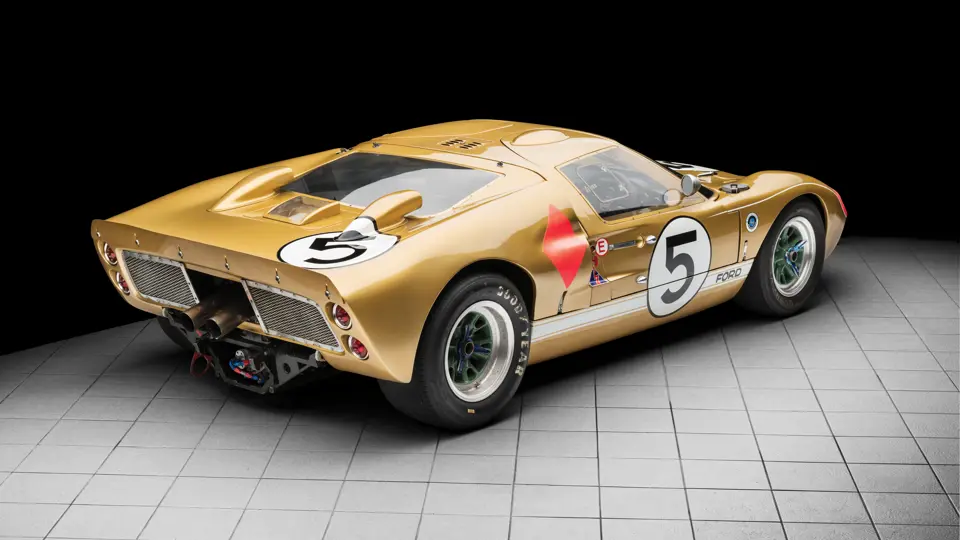



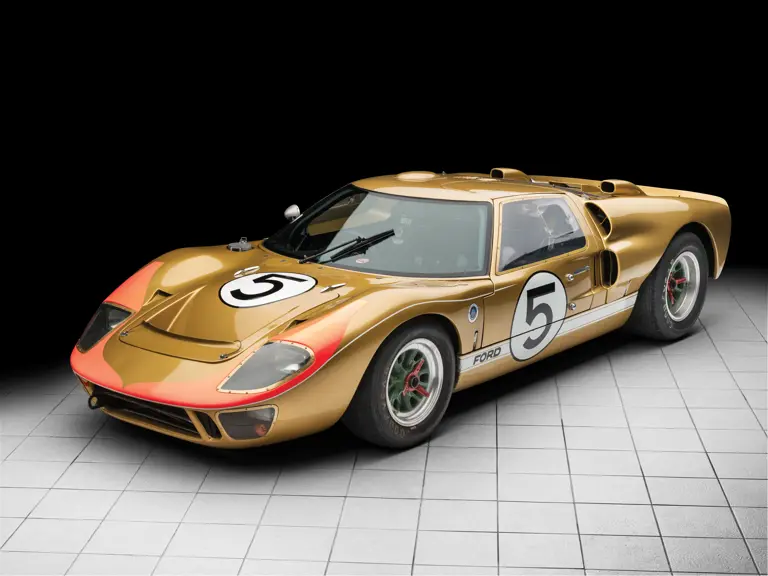
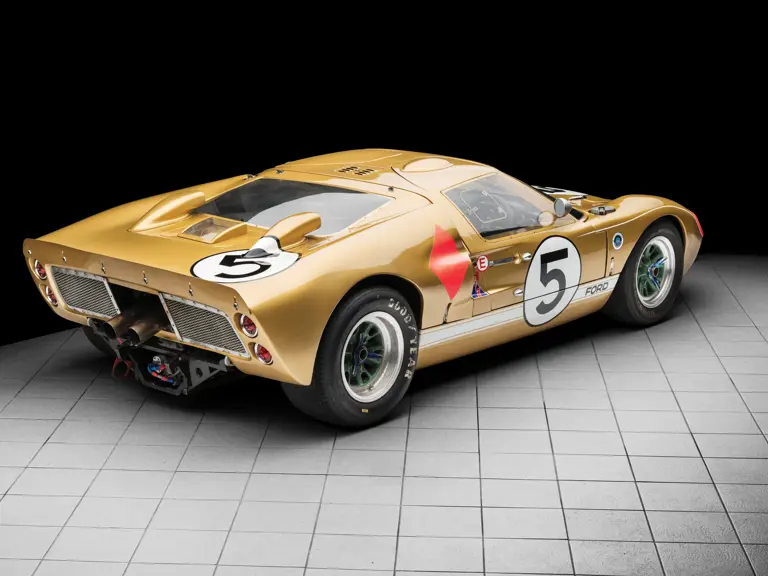
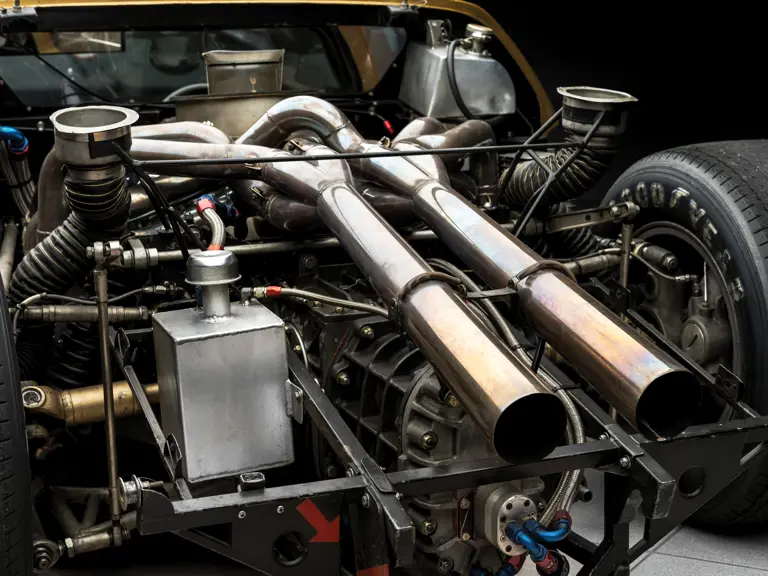

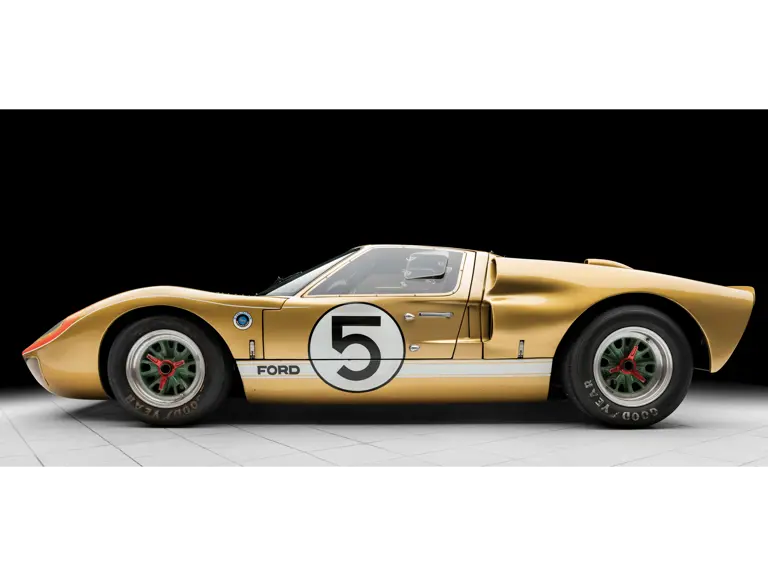
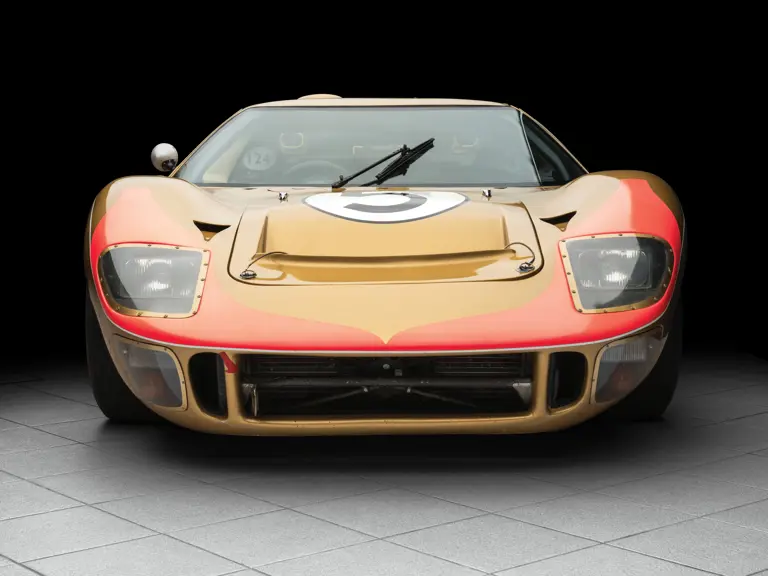
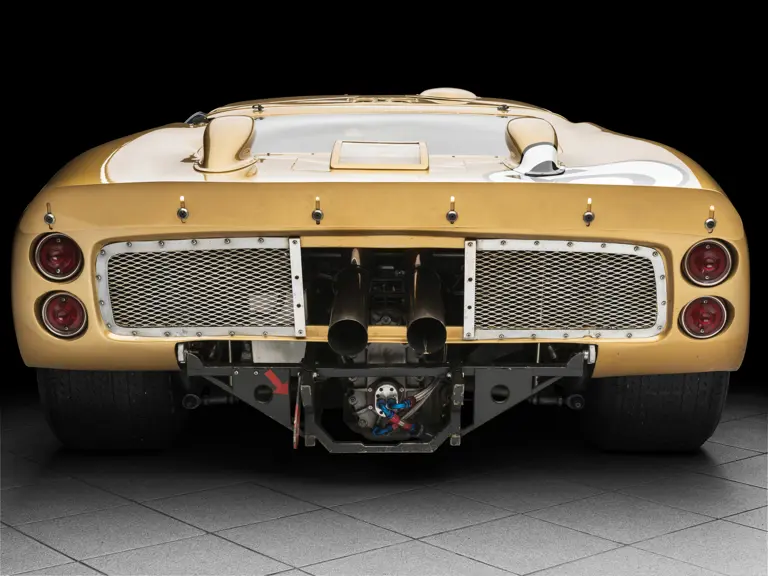
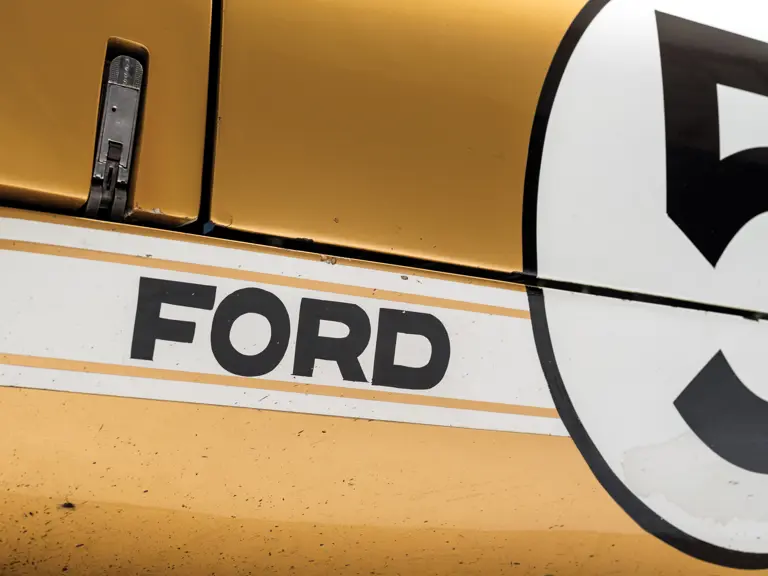
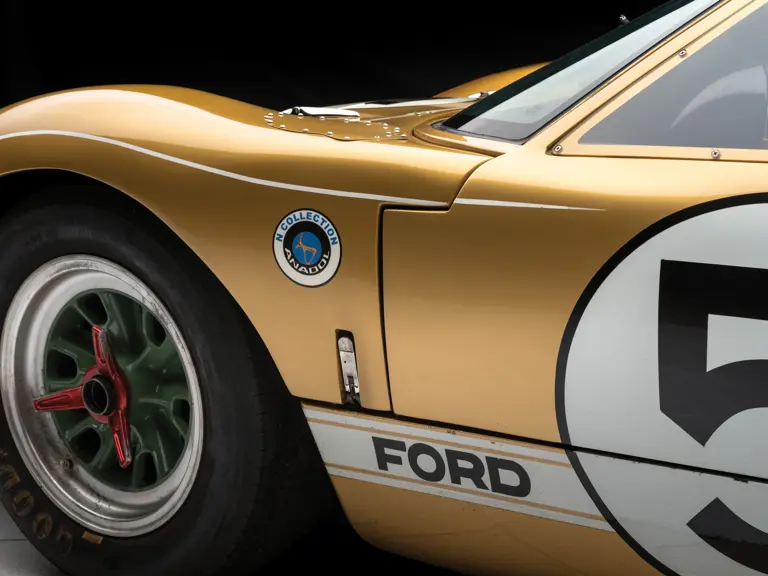

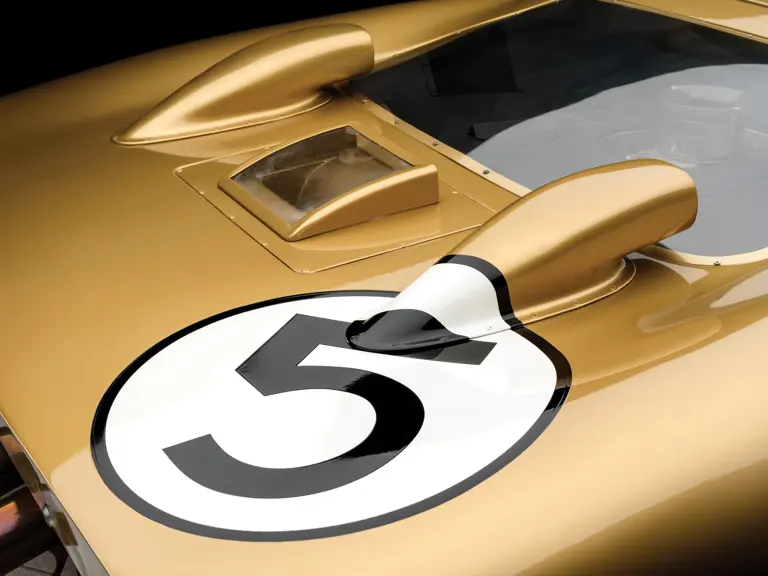

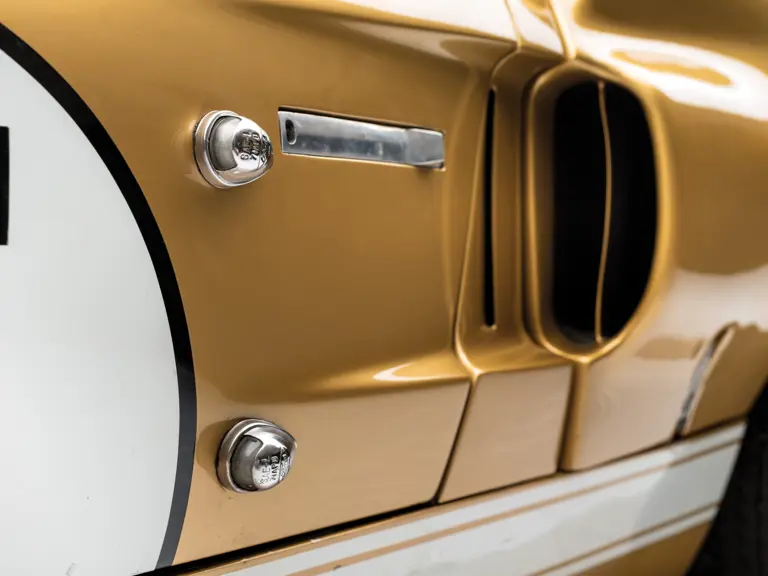

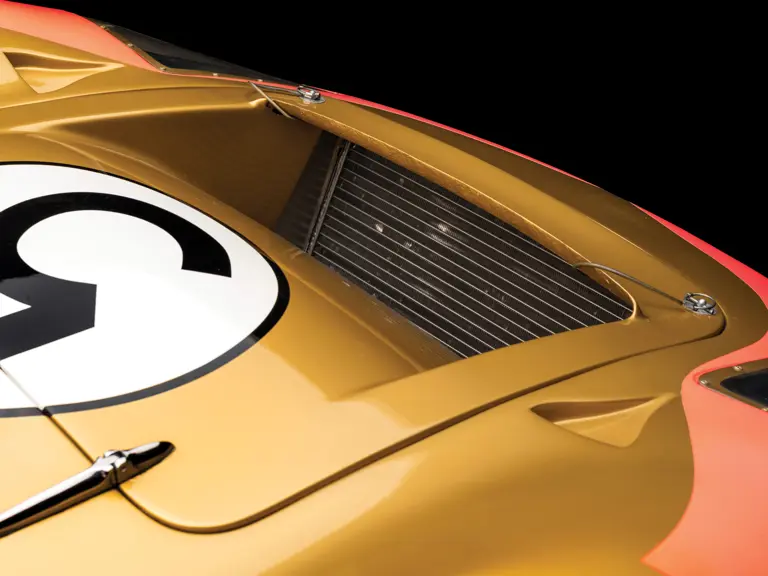
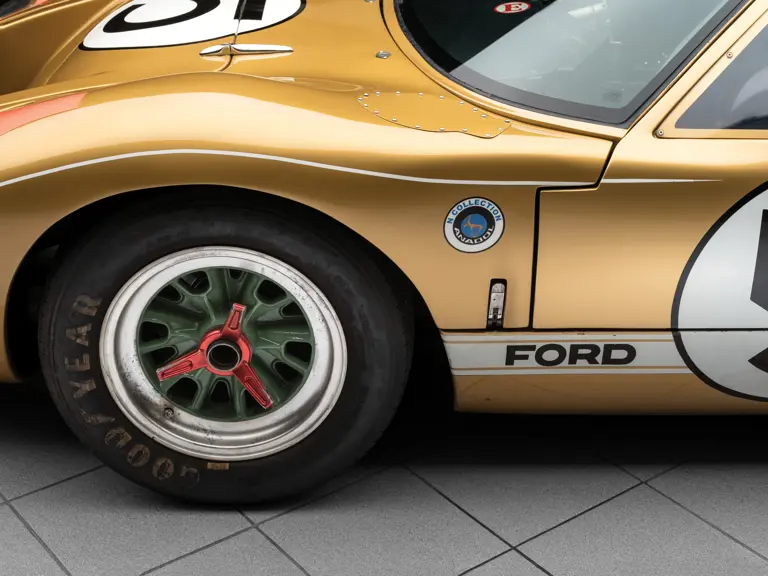
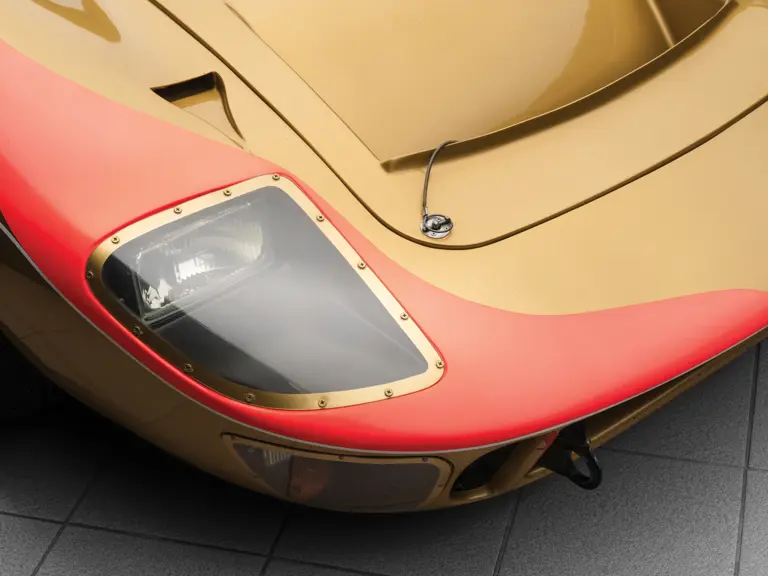
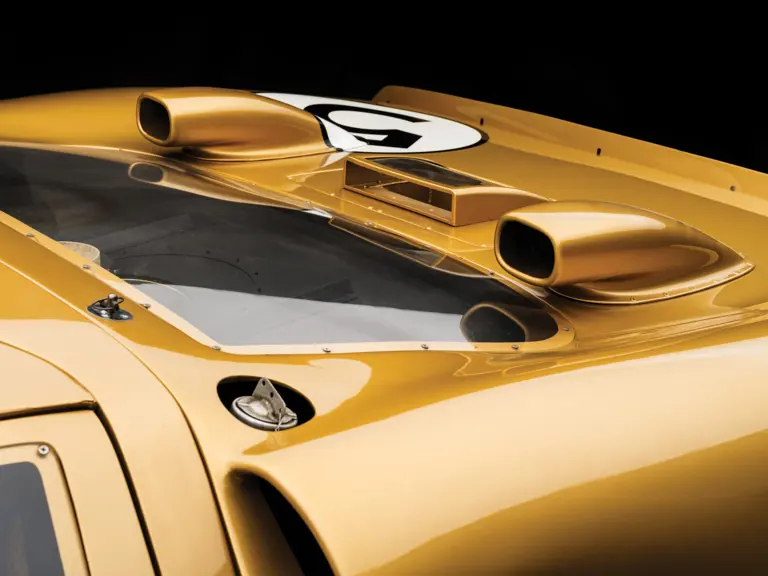
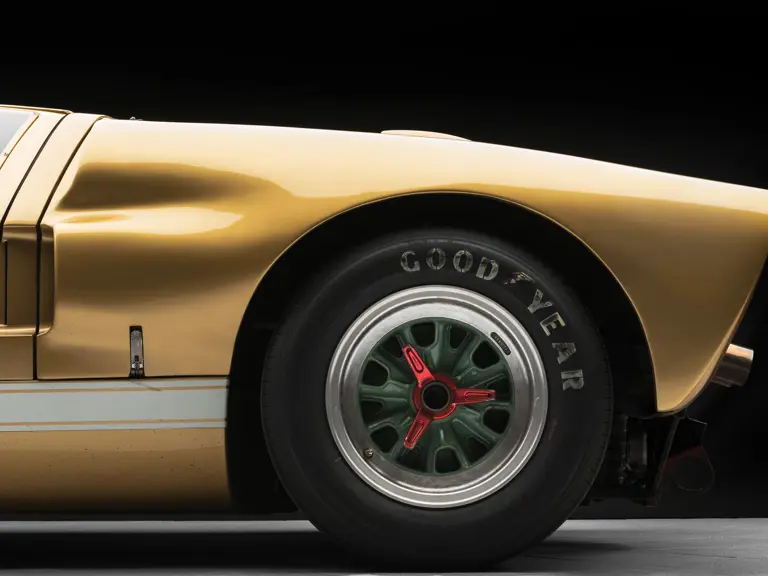
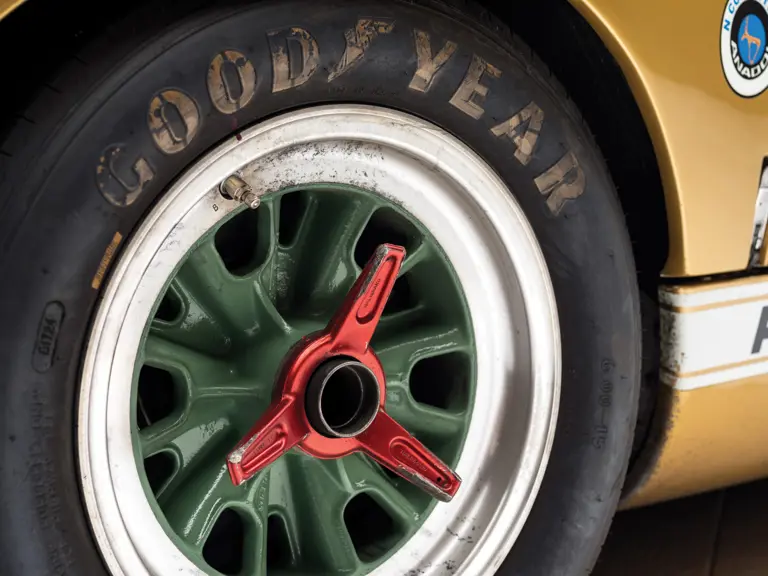
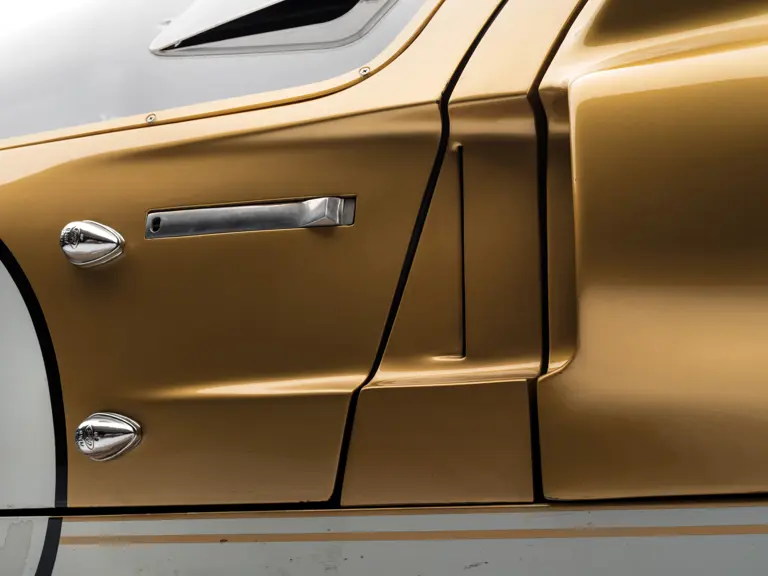

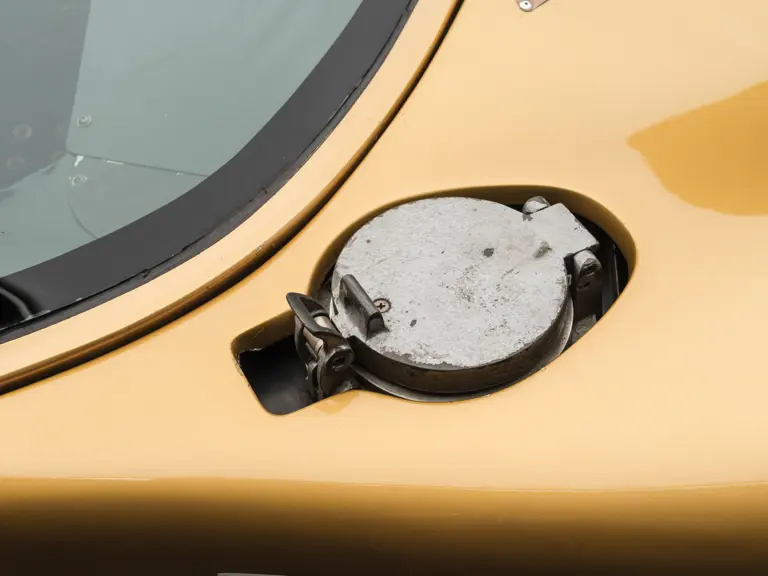
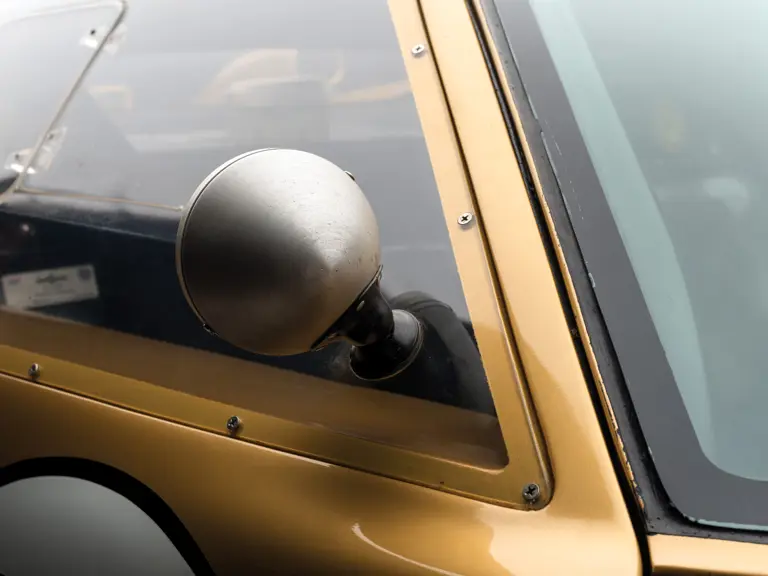
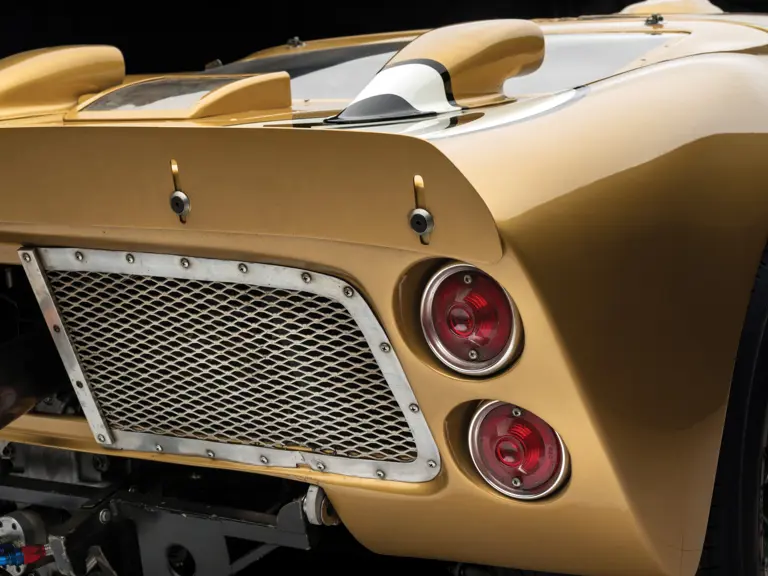
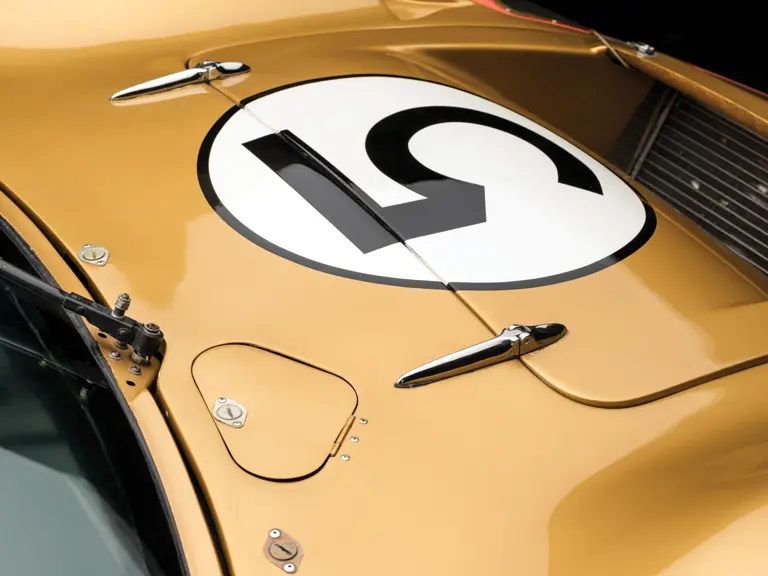

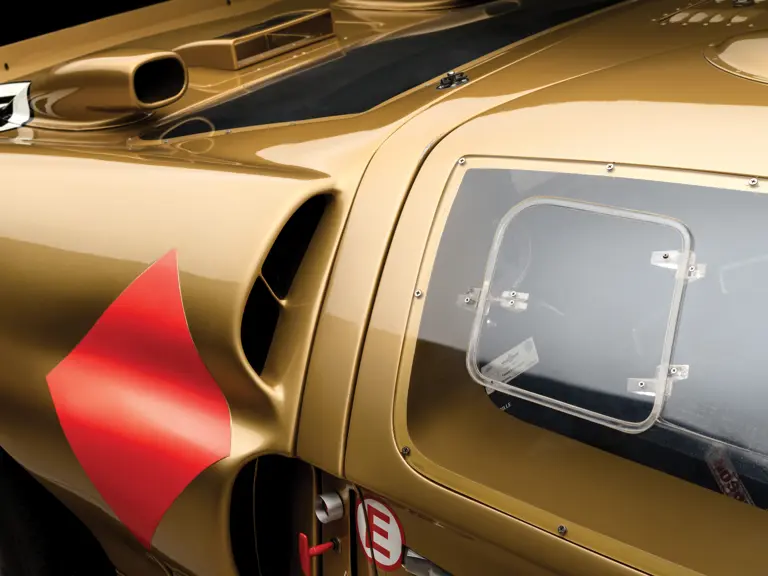
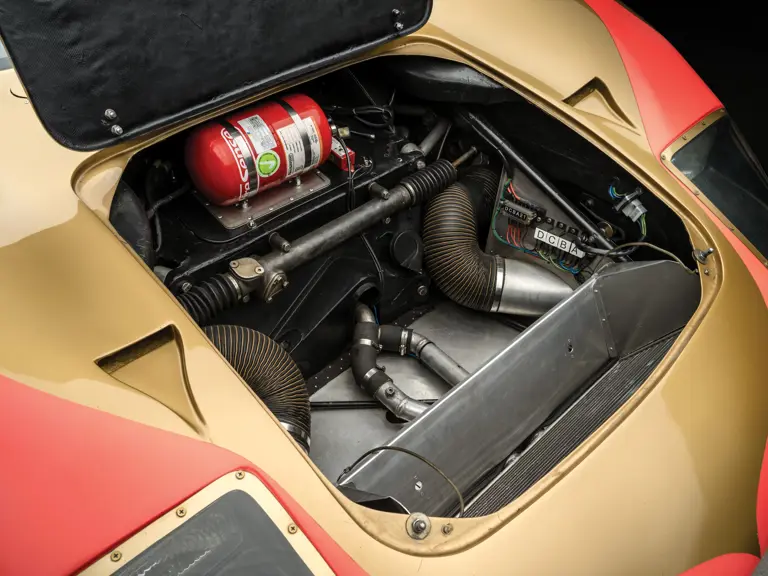
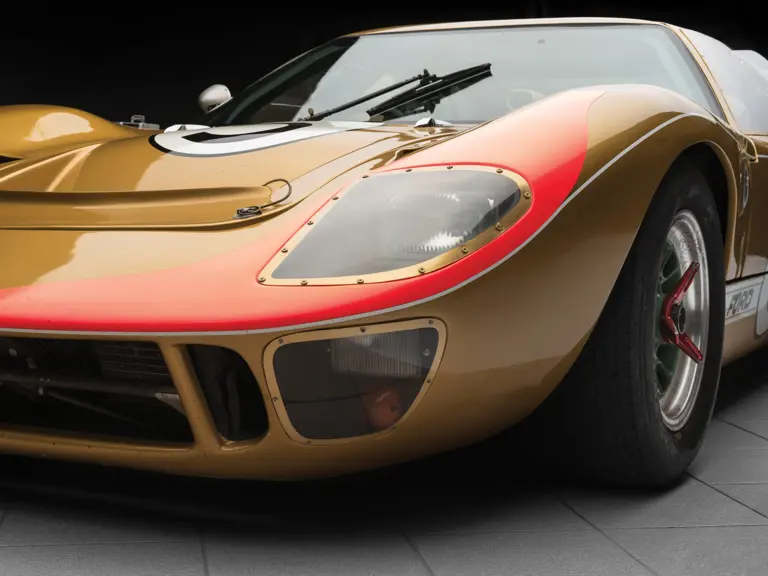

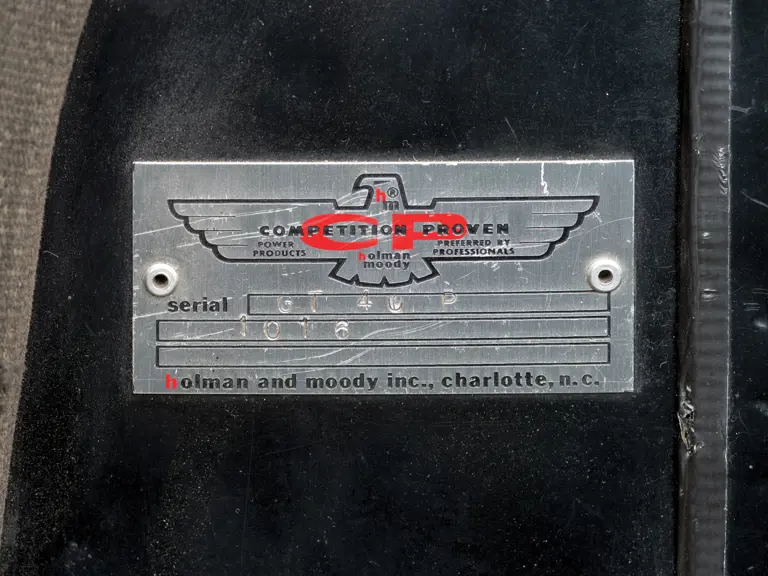
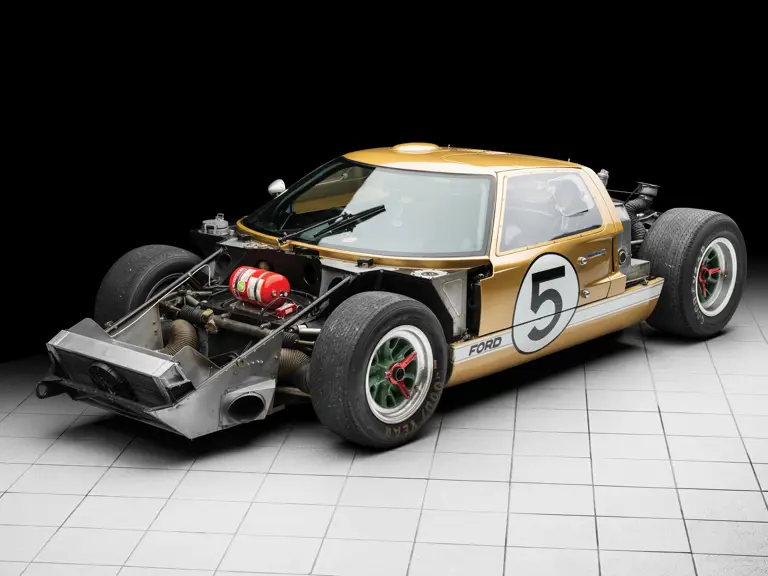
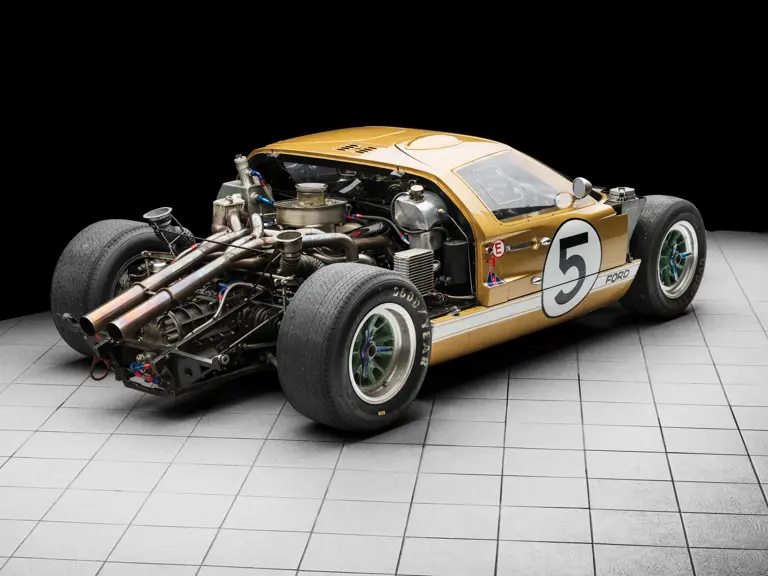
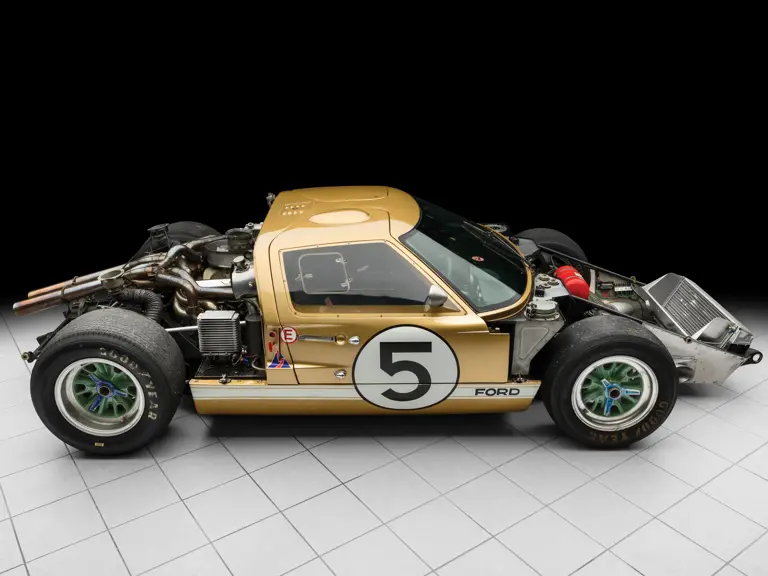


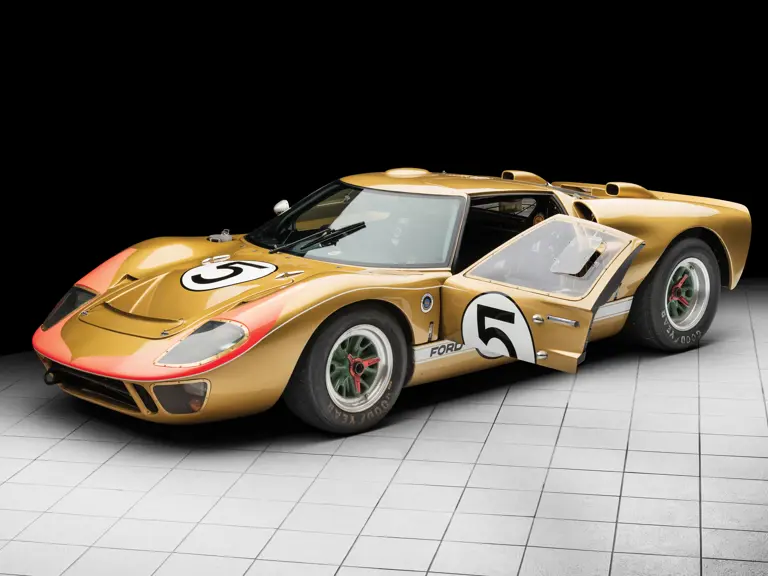
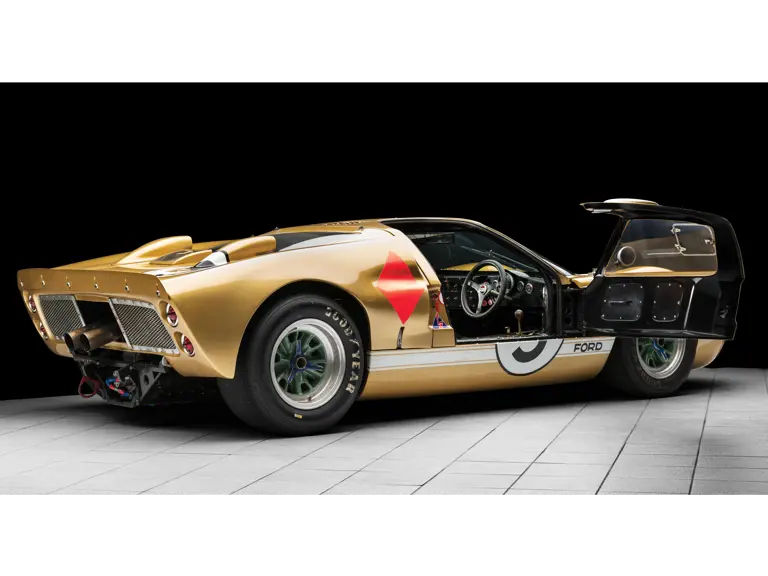
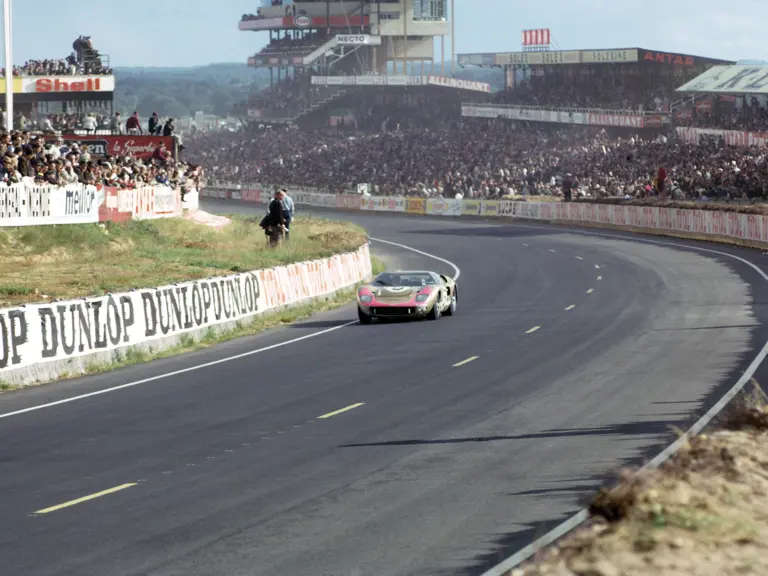
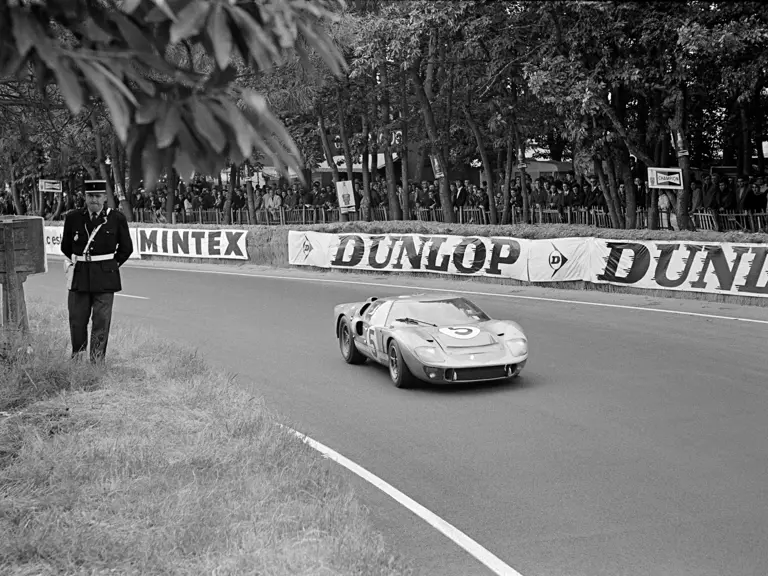
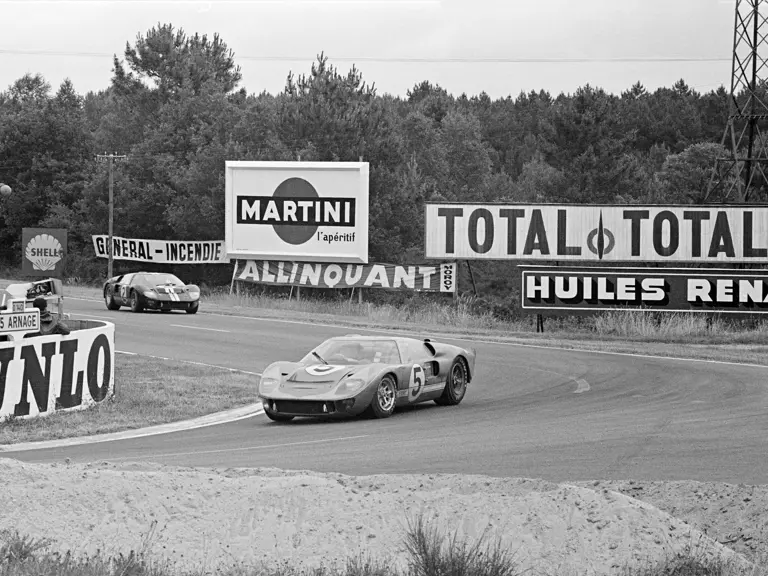
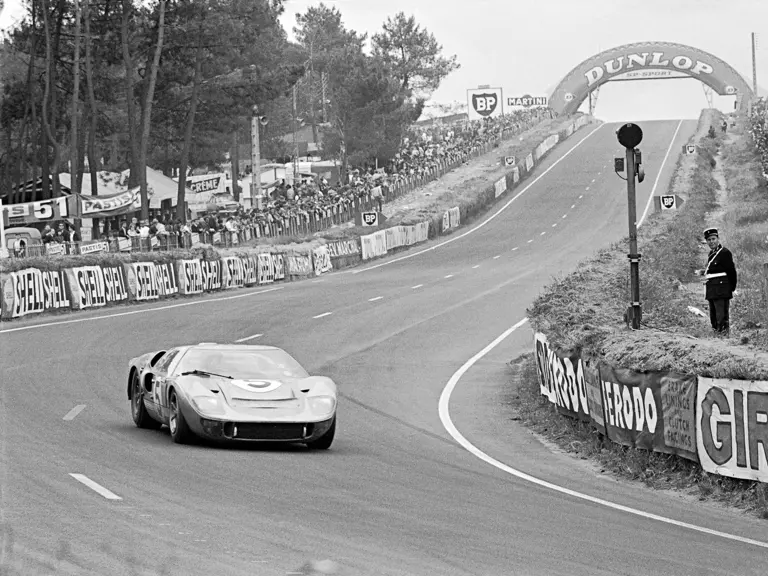

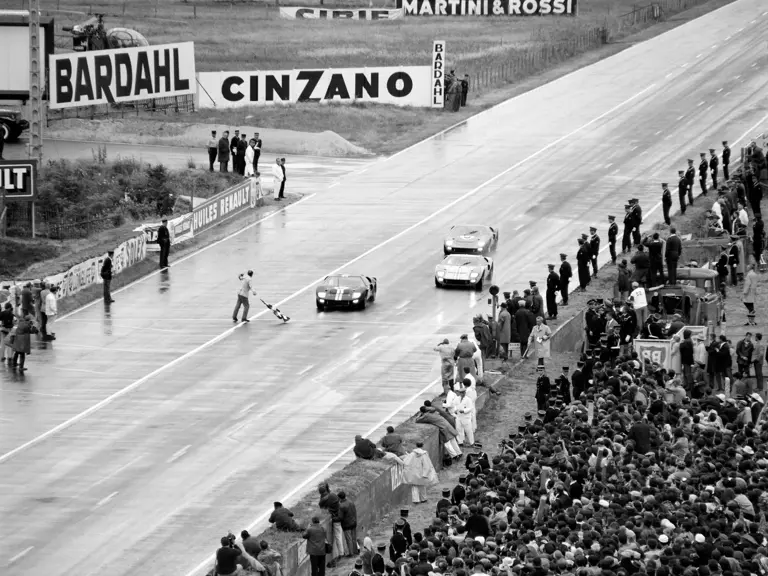
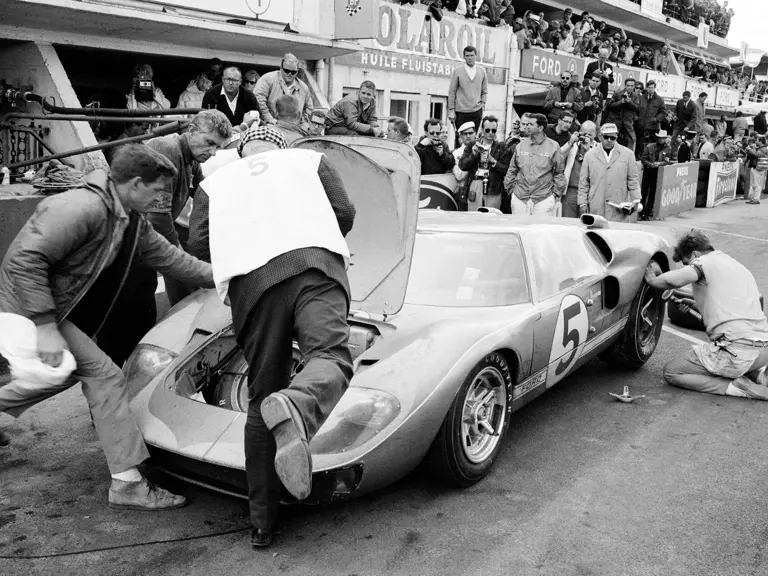

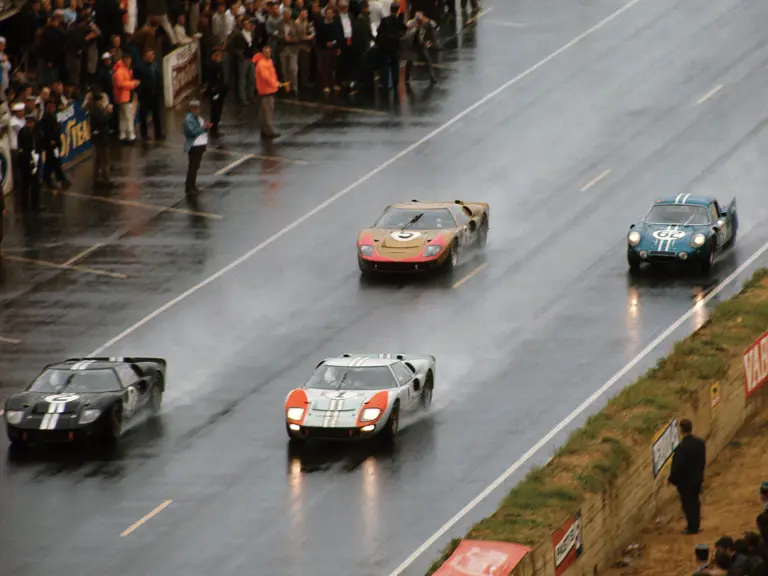
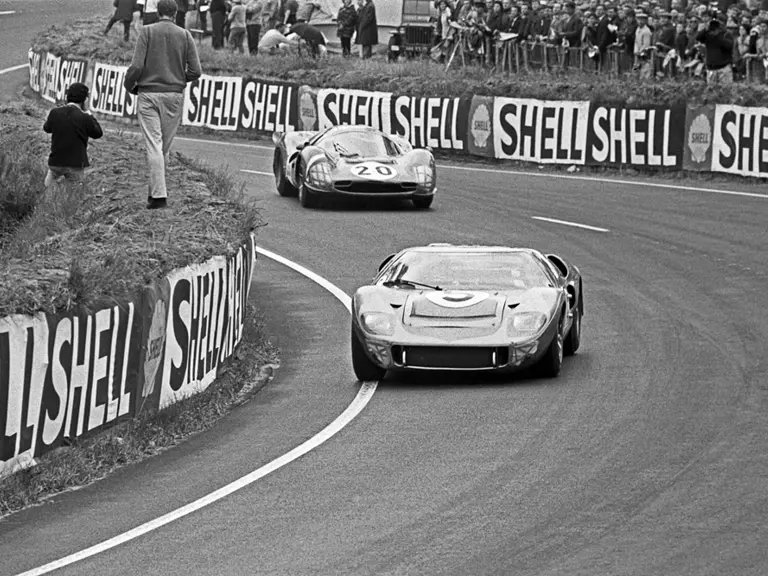
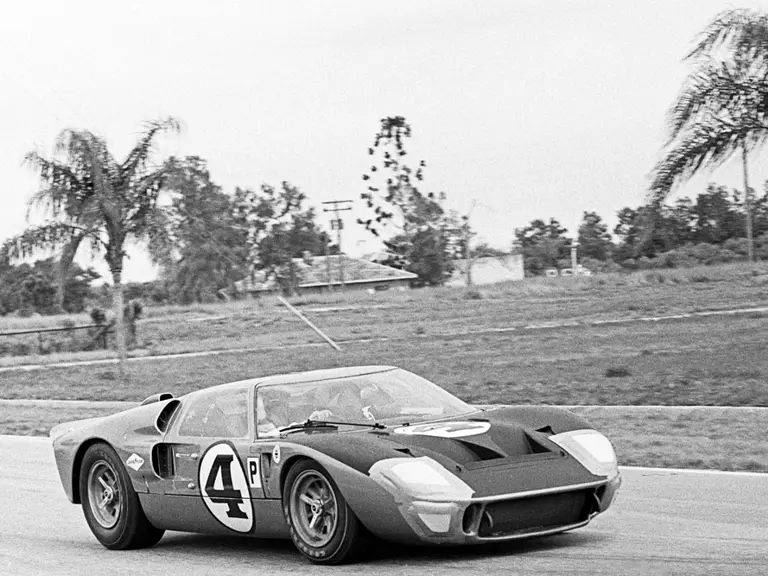
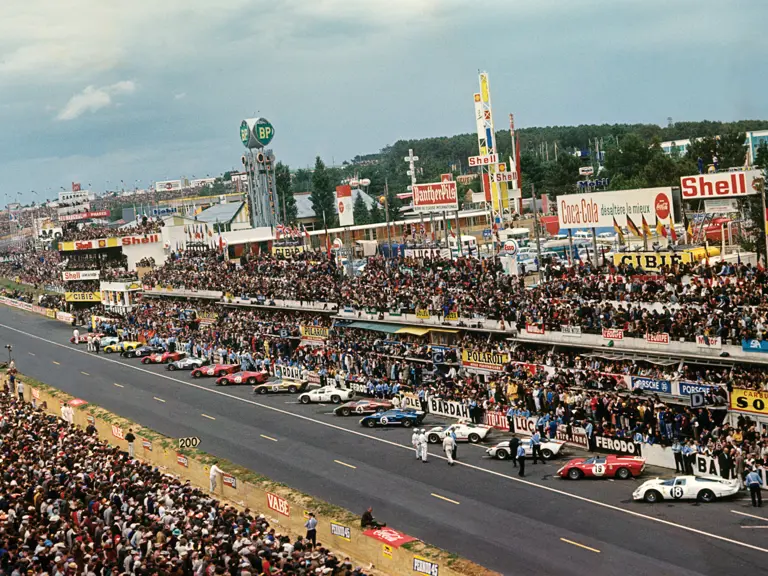

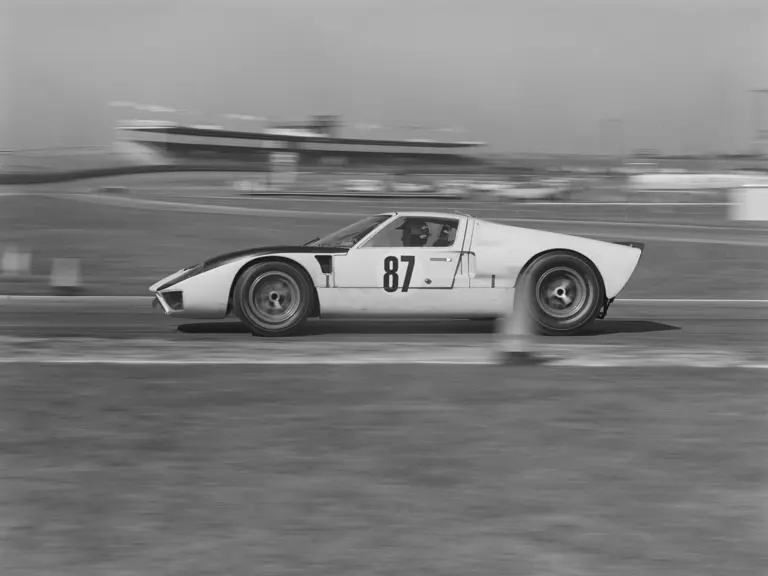

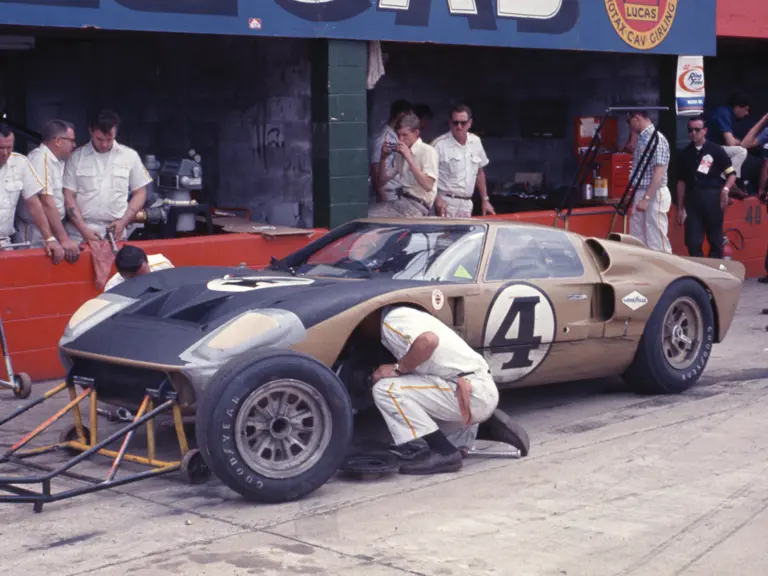
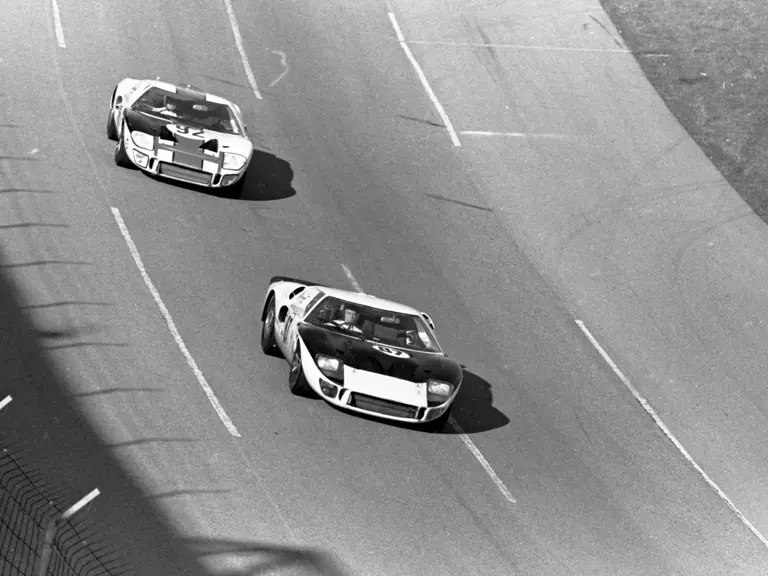

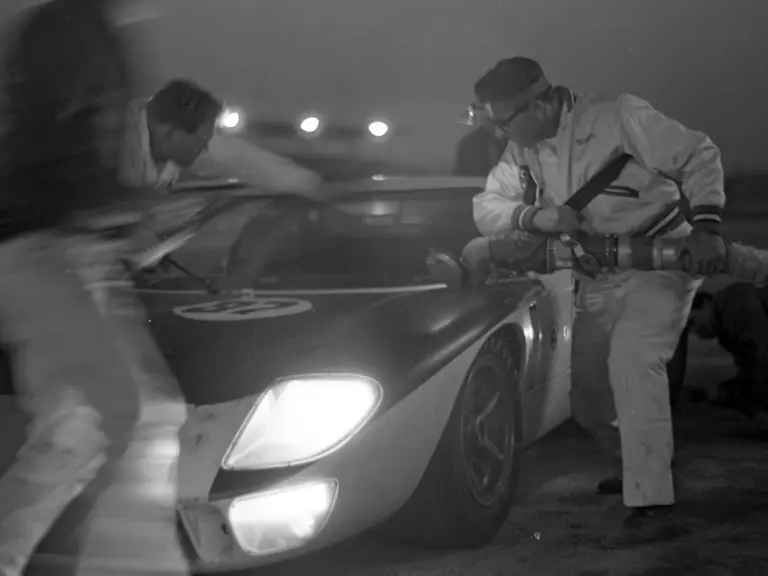
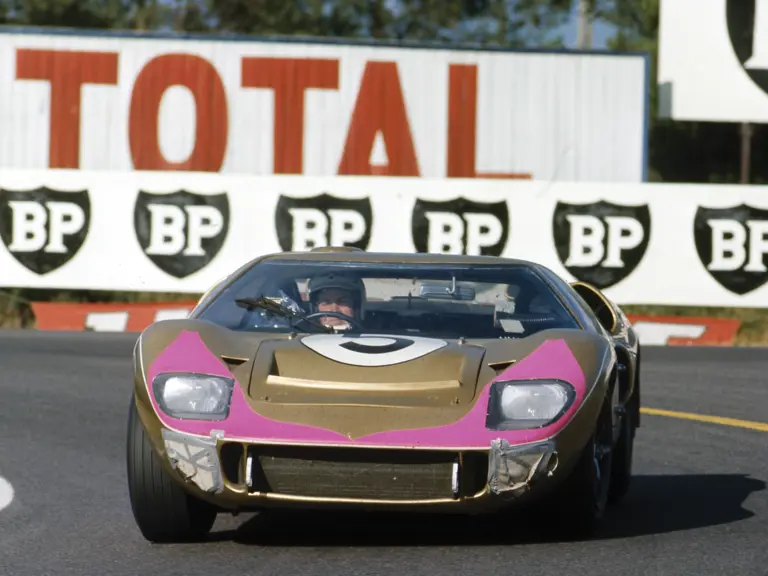
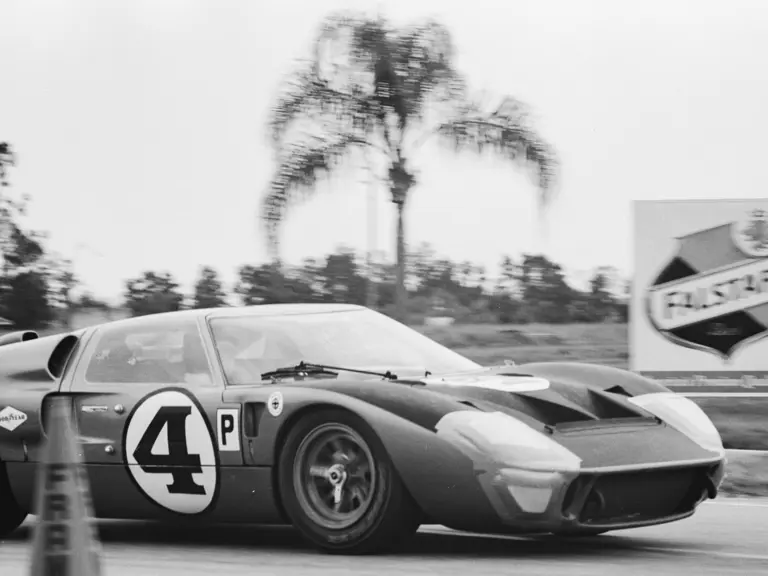
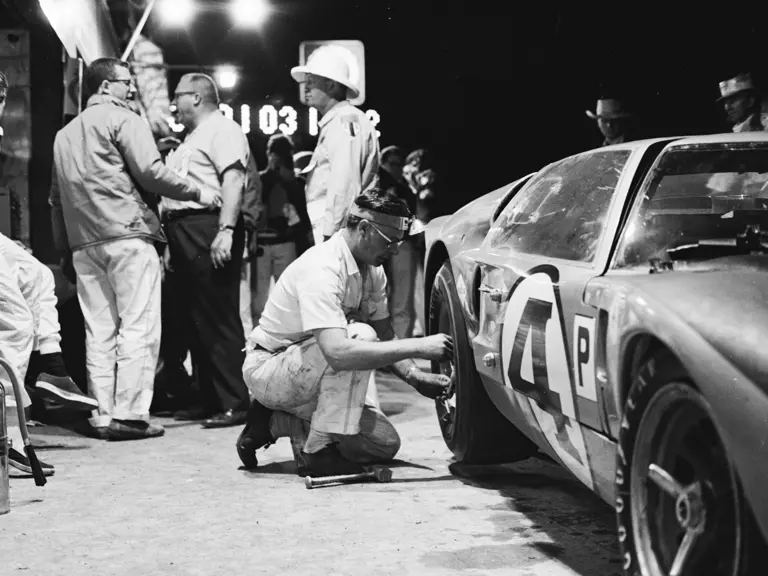

 | Monterey, California
| Monterey, California
